Psychedelic history is no different. But today on International Women’s Day we want to hold up the stories we have managed to find. To honour of all the past forgotten, and future remembered. In this new psychedelic revolution women are on the frontlines, researching, advocating, experiencing. Today we want to go back to one of the women who helped start it all — Valentina ‘Tina’ Wasson.

Who was Valentina Wasson?
If you know a little something about the modern history of magic mushrooms, then the name ‘Wasson’ will ring a few bells. R. Gordon Wasson is the man credited with bringing magic mushrooms to the attention of the Western world after publishing a photo essay in LIFE magazine in 1957 about his experiences with them, entitled Seeking The Magic Mushroom. Tina Wasson was his wife, often mentioned in passing as an attendant or companion to her husband’s psychedelic exploits.
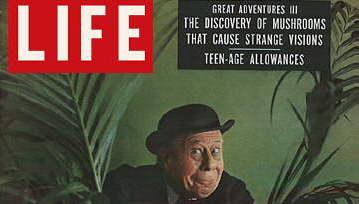
However, if you only know this, you only know half the story.
It turns out, had it not been for Tina then this entire psychedelic revolution we are currently experiencing may never have happened. We kid you not! For starters, perhaps it will surprise you to know when Valentina first met Mr. Wasson he didn’t even like mushrooms…
Early Life and Love of Mushrooms
Valentina ‘Tina’ Pavlovna Guerken was born in Moscow in 1901, later emigrating with her family to America during the Russian Revolution. She met R. Gordon while studying medicine in London in 1921, marrying him in 1926, and achieving her degree in 1927. After this, they took a belated honeymoon to the Catskill Mountains in New York.
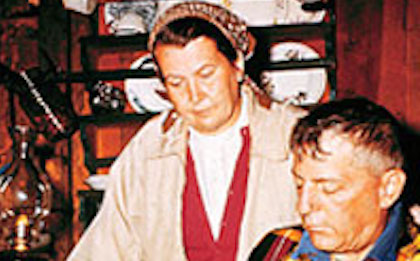
It was during this honeymoon that Tina and her husband’s divergent attitudes to the natural world became clear. In an anecdote that R. Gordon would joyously tell for years afterwards, the couple came across a vast crop of mushrooms in the mountains, to which Tina responded with extreme excitement, “gathering them right and left in her skirt.” R. Gordon was repelled and refused to eat any of the meals Tina cooked with them, fearing they were posion and that he “should wake up the next day a widower.”
Luckily, this was not to be. Tina knew what was up. She was an enthusiastic mycologist, having learned to forage mushrooms during her childhood in Russia. R. Gordon relaxed, and they began to explore their cultural differences when it came to fungi. They theorised that the ‘mycophila’ (mushroom love) of the Slavic People, vs. the ‘mycophobia’ (mushroom fear) of the Anglo-Saxons was all down to differing folkloric traditions.
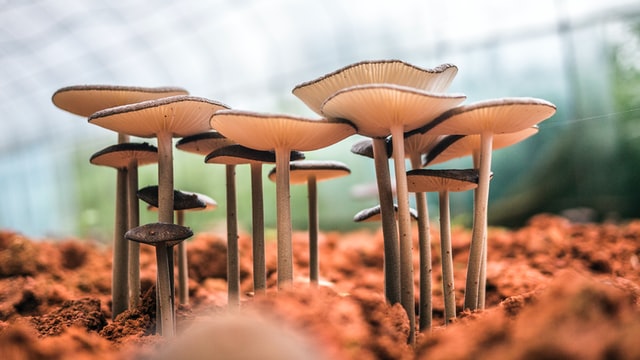
The Wasson’s Begin Their Life’s Work
This began what would be their life’s work, researching the spiritual, cultural and historical uses of mushrooms. While Tina worked busily as a paediatrician, she and R. Gordon were also reaching out to historians, anthropologists, linguists and missionaries around the world, to see if they could help them to find cultures where mushrooms were sacred.
In 1957 the Wasson’s would publish the two volume book Mushrooms, Russia and History. The first volume detailed the folkloric, historical and local culture of mushrooms in Eastern Europe and Russia. The second detailed the Wassons’ research trips to Mexico, searching for the ancient spiritual uses of mushrooms. Although R. Gordon is usually credited with the creation of the book, it was actually Tina who was lead writer, displaying her true passion for all things fungi.
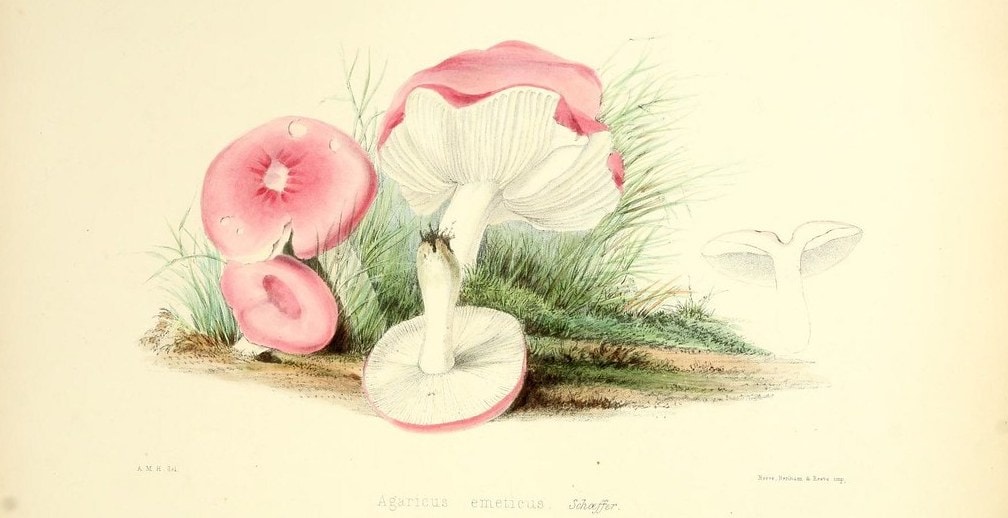
Tina’s Mexican Magic Mushroom Experience
Unusually, Tina was not actually present for R. Gordon’s now iconic mushroom trip with curandera Maria Sabina in Mexico, detailed in LIFE magazine . She arrived the next day with their daughter Masha. However, Tina shared her own psilocybin mushroom experience in an article called ‘I Ate The Sacred Mushroom’ published few days after her husband’s. It featured in a popular American magazine supplement called This Week.
In a vivid excerpt she describes her sacred mushroom trip:
“…My mind was floating blissfully. It was as if my very soul had been scooped out and moved to a point in heavenly space, leaving my empty physical husk behind in the mud hut. Yet I was perfectly conscious. I knew now what the shamans meant when they said ‘the mushroom takes you there to the place where God is.’”
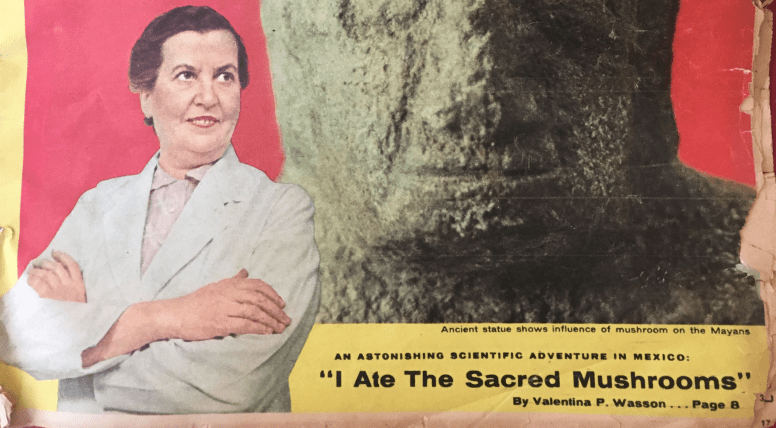
Tina also detailed visions of being in 18th Century Versailles, her childhood in Russia, and other far flung locations. Perhaps more visionary than her actual hallucinogenic visions however, was Tina’s belief that this magical mushroom could ‘…become a vital tool in the study of psychic processes.’ If the ‘active agent’ could be identified, uses for it, Tina theorised, could include ‘…handling alcoholics and narcotics addicts, in treating terminal illness accompanied by acute pain and in mental diseases.’
Tina’s Visions of the Future
Not a year later Albert Hofman, the father of LSD would isolate psilocybin and psilocin using samples of magic mushrooms that the Wasson’s brought back. However, Tina would not live to see the first psychedelic wave that her and her husband’s research triggered. She died of cancer on the 31st of December 1958, leaving behind a heartbroken R. Gordon, who continued their research in her memory.
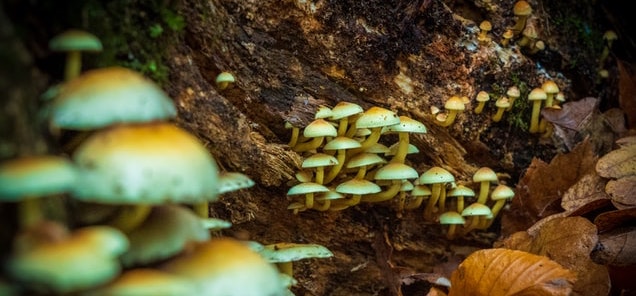
As it is clear to see, many of her forward thinking predictions have come true. Psilocybin has been found to be effective in treating addiction, mental health issues and as a way to ease the dying process. Aldous Huxley’s famous LSD-soothed death was actually due to Tina’s suggestion of this potential use, some years before. Today, in Canada, terminally ill patients are being granted access to psilocybin as essential care.
Celebrating Women in Psychedelics
Tina and R. Gordon Wasson were key figures, a key team, in making the discoveries that are beginning to benefit us more and more today. Unfortunately for Tina, the time in which she lived tended to not appreciate her contributions. Today we can remember her as the trailblazer she was — as well as celebrate the women working in psychedelics today — who will not be overlooked.
Happy International Women’s Day!




